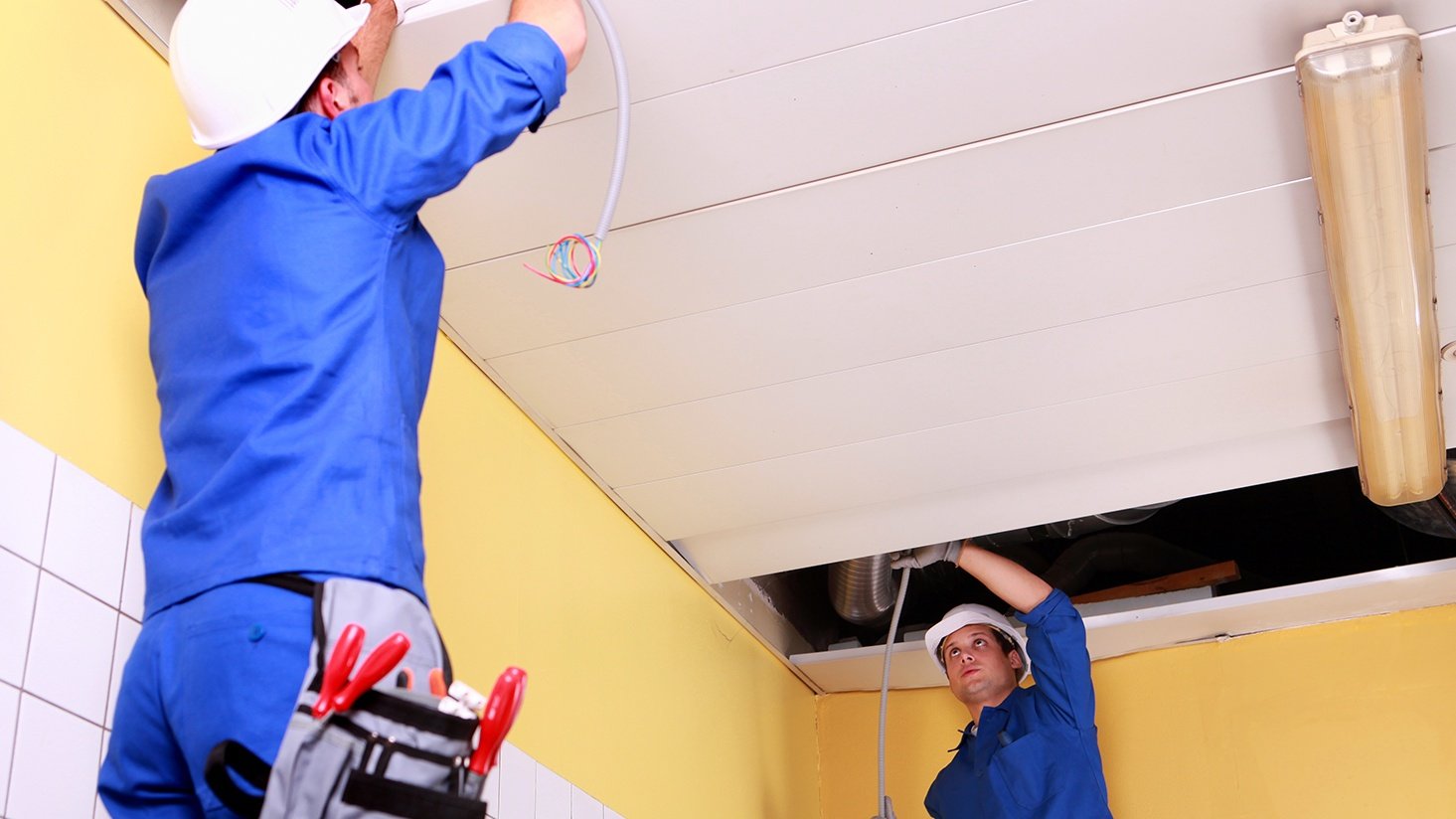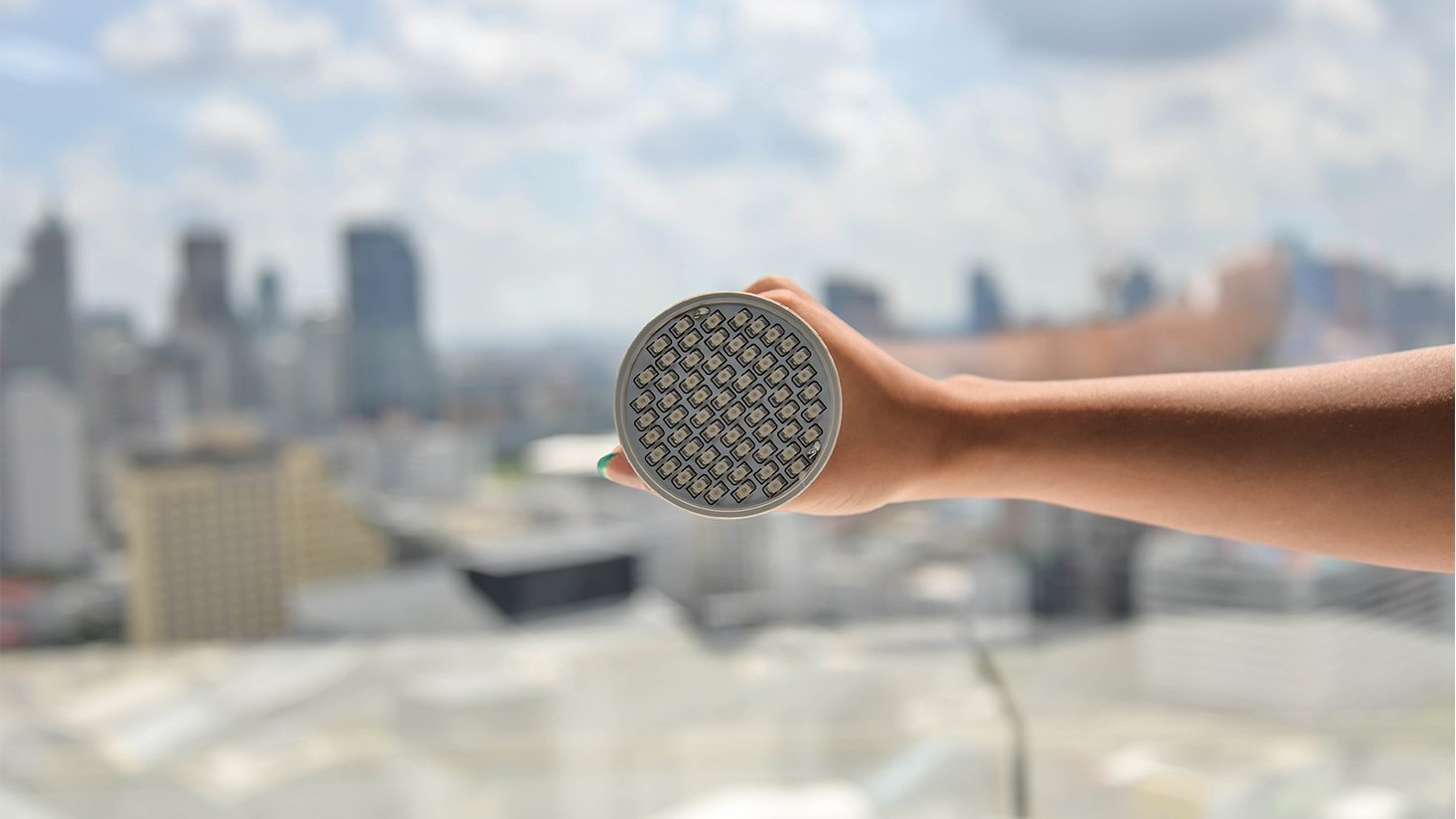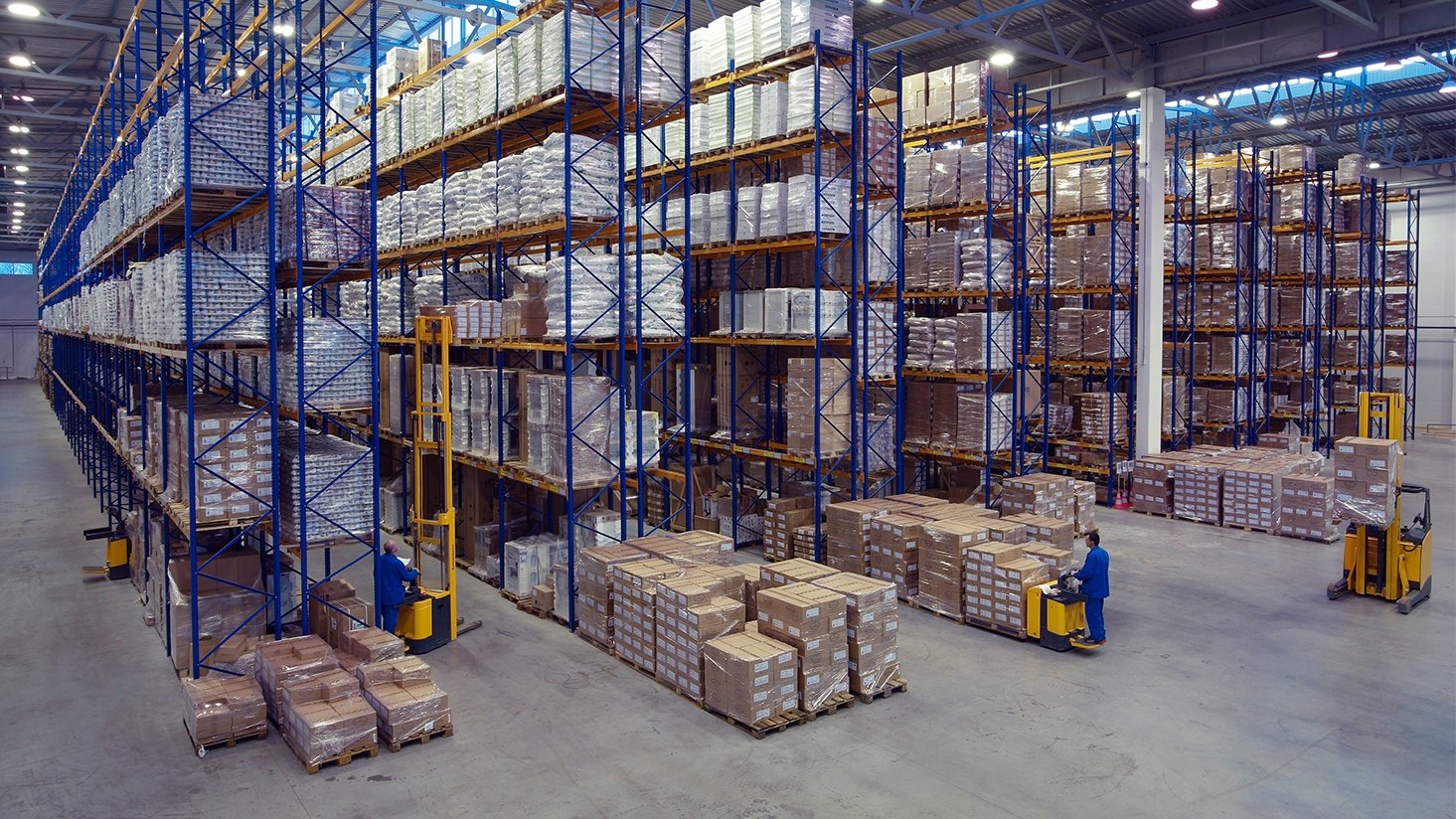Understanding LED lifespan: How long do LED lamps and fixtures actually last?

Earlier this year, the Department of Energy published a report on LED failure that, among other things, found the lifetime claims for more than half of LED products to be inaccurate, or miscalculated.
Why is there so much bad information out there? Are manufacturers just fudging their claims, or are there other pieces to the puzzle?
Well, though we frequently stress the importance of vetting manufacturers, and manufacturer reps, a lot of this bad information just comes down to the industry adjusting to a new, still emerging and evolving lighting technology. That said, we're not here to make excuses for misleading or inaccurate lifetime claims. We're here to make the technicalities behind these inaccuracies understandable, so that you can effectively avoid the risk of getting left high-and-dry with early failures or poor light quality from LEDs.
What's the difference between LED life ratings and those of traditional light sources?
LED life ratings have to be measured differently than legacy lighting
A big takeaway from the DOE's LED
Say what?
We're here to make lighting easier, as we like to say. Not to beat you over the head with lighting terminology. But these distinctions are important, so let's take a second to define what, exactly, all of this means.
What is average rated life?
As defined in our downloadable lighting glossary, average rated life is:
"An average rating, in hours, indicating when 50 percent of a large group of lamps has failed (operated at nominal lamp voltage and current). Manufacturers use three hours per start for fluorescent lamps and 10 hours per start for HID lamps when performing lamp life testing procedures. Every lamp type has a unique mortality curve that depicts its average rated life."
This is the de facto metric for measuring the life expectancy of traditional light sources. LEDs, however, follow a different method for measuring life expectancy called lumen maintenance.
What is lumen maintenance?
Lumen maintenance is an approach of measuring the light output (lumens) of a brand new light source and comparing that with its light output after a certain period of time. L70 and L50 are examples of lumen maintenance — benchmarks for when 70 or 50 percent of a lamp or fixture's total light output remains.
What is L70?
In 2011, LEDs Magazine published a thorough article on L70 and lumen maintenance. In it, they explain:
"Rated lumen-maintenance life is measured in hours with associated percentage of light output, noted as Lp. In other words, L70 of 30,000 hours means that the tested LEDs produce 70% of the initial light output at 30,000 hours. If an LED has L50 of 30,000 hours, its lumen output decays faster than one with L70 of 30,000 hours."
We've written about a lot of this stuff before, specifically in this article about LED warranties. What makes the DOE report interesting, and worth writing about and
For decades, we've been replacing light bulbs after they burn out. One day, we walk in a room and flick a switch, and there's either a flash, or the light simply won't turn on. But LEDs can exist on a kind of life support for quite some time after their point of optimal usefulness, so we have to look for a different sign to know when to replace them.
There's
Here's how an excerpt from the DOE's report explains the conundrum of dealing with LEDs that gradually lose light output:
"The end of life for all lighting technologies is signaled by the loss of light, but this may be less evident for LED luminaires, where the light output may continuously fade or the color may slowly shift to the point where low light output or an unacceptably large color change constitutes practical failure."
What is L/B value?
In addition to L70, there are other measurements to help us understand the end life of LED products, and that is the L/B value. L stands for lumens, and represents the remaining amount of light produced by an LED compared to its starting output. B represents the acceptable failure rate of the L rating. The two measurements determine the real lifetime of LEDs in a certain amount of hours.
Two examples are L90B10 and L70B50. An L90 of 50,000 hours means the LEDs produce 90% of initial light output at 50,000 hours. B10 means 10% of the product failed to reach 90% lumen (either because of complete failure or a light output less than 90% of the initial light output).
In comparison, L70B50 means at 50,000 hours, LEDs produce 70% of initial light output and 50% of the light failed to reach 70% lumen.
From these measurements, it's easy to see how a product with an L/B value of L90B10 outlasts a product with a value of L70B50.
Are you also concerned about your LEDs failing spontaneously, prematurely, or catastrophically? There are options for extending the warranty on your lighting. Read more here.
Buying LEDs? How long can you expect them to last?
Let's rephrase that question. How long can you expect LEDs to last, and effectively function? That's a better way to be looking at this, and the way the DOE is steering people to look at it.
We used this example in another article to best explain the difference between looking at average rated life, and looking at L70:
If you purchase
Running your lighting on that kind of schedule gives you an annual burn time of 6,570 hours, so you should reach the L70 threshold about three-quarters of the way through your fourth year of operating the lighting, or about 45 months after installing those PAR lamps. This means that the three-year warranty would expire just a few months before the L70 mark is reached.
After you've hit the product's L70 mark, application comes into play. It's probably not a big deal for your lighting to be slightly dimmer, or slightly shift in
In the latter scenario, be sure to budget for new lighting around the time your existing product is scheduled to hit its L70 mark.
We have a whole collection of articles that are relevant to the broader topic of LED reliability. Here's a list to check out:
- Are LEDs reliable enough for me to upgrade?
- When to consider an extended LED lighting warranty
- How long does LED lighting really last and what is actually covered by your warranty?
- Making sense of LED lighting: Common specs explained
- What is the cost of waiting to retrofit to LED?
- A rule of thumb for
vetting new lighting products and manufacturers










